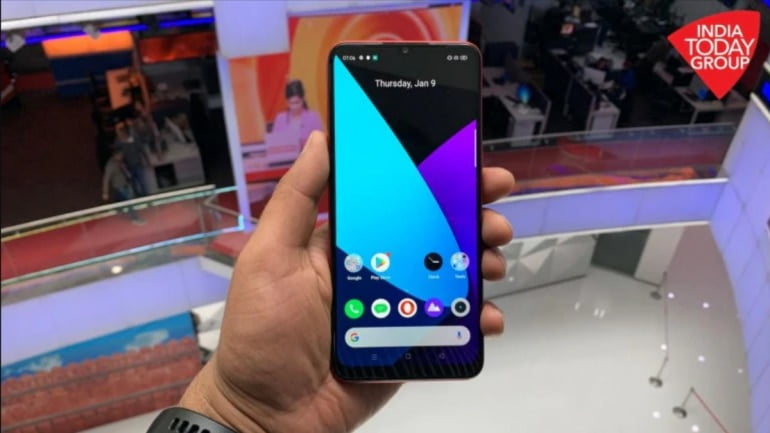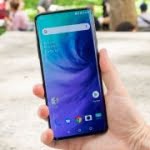
As the Coronavirus threat looms large over the world, tanking not just businesses and whole economies across the globe, but also disrupting our daily lives, a lot has been said about following a number of simple measures to minimize Covid-19’s impact.
Among these measures, one basic rule that health professionals have stressed the most has been to maintain hygiene and avoid touching your face as much as possible.
Yet, even as we are strictly advised against doing so, a companion of ours — one that lives in our palms and pockets and also comes quite frequently in contact with our faces — has managed to go under the radar and become an actual health hazard in these strange times of the Coronavirus.
While we have been focusing on sanitising and washing our hands countless times a day, most of us have all but forgotten the smartphone, which in many ways is an actual petri dish for hundreds of viruses — including Covid-19 — and comes in frequent contact with our palms and faces for not only making and receiving calls but also responding to messages and emails.
In fact, a study conducted by the research firm Dscout found that, in a group of 94 people, the average person touched their phone over 2,600 times per day.
Petri dish for germs and viruses
While a little alarmist, it may not be completely wrong to say that your phone is in all likelihood one of the biggest threats to you in these times when Covid-19 is running rampant across the globe.
As per the Seattle Times, an average phone is covered in germs: 25,127 bacteria per square inch, to be precise. While the number may look bad, a quick look at other reports which explain how your smartphone houses more bacteria than your average toilet seat just goes on to highlight how grave a threat the innocuous smartphone can be in these strange times we’re living in today.
But if you’re still not concerned, then sample this report by the Quartz which cites experts on the subject who claim the virus can live on your smartphone’s screen for up to 96-hours and thereby pose a risk to not just your health, but even spread on to any surface it touches in the duration of its existence on your smartphone’s screen.
How can you clean your phone?
But fret not if you find yourself feeling uncomfortable, and visibly scared while reading this on the screen of your smartphone. There are a number of steps you can take to ensure that your smartphone is Covid-19 free just like your santisised hands.
According to the Journal of Hospital Infection, the novel Coronavirus can be efficiently inactivated by surface disinfection procedures with 6271% ethanol, 0.5% hydrogen peroxide or 0.1% sodium hypochlorite within 1 minute.
In simpler words, your phone’s display can be disinfected using an alcohol-based solution. However, there’s a slight catch here.
Alcohol is not good for your phone’s display. Or at least not all panels. This is because rubbing your phone with alcohol or other harsh chemicals can quite easily damage your phone’s outer coating that’s in place to protect it from fingerprints and smudges.
Case in point Apple which suggests that any of its products can be cleaned with 70 per cent isopropyl alcohol. It has also recommended Clorox wipes to clean the phones.
However, it does advise caution while doing so. The company has urged users to not expose their phone’s display to anything abrasive, for example, soap. It has also urged users to not excessively wipe their displays to avoid causing damage to the screen or finish.
Another option for day-to-day cleaning is investing in a UV light. This method is claimed to kill 99.99% of germs and bacteria. However, there’s no official word on whether UV light kills this particular strain of the Coronavirus.
[“source=indiatoday”]










